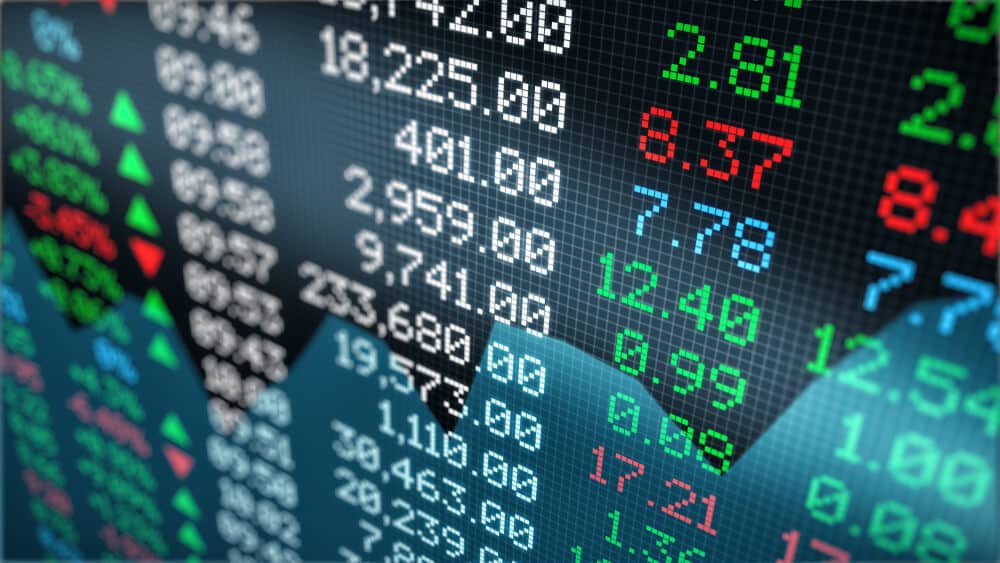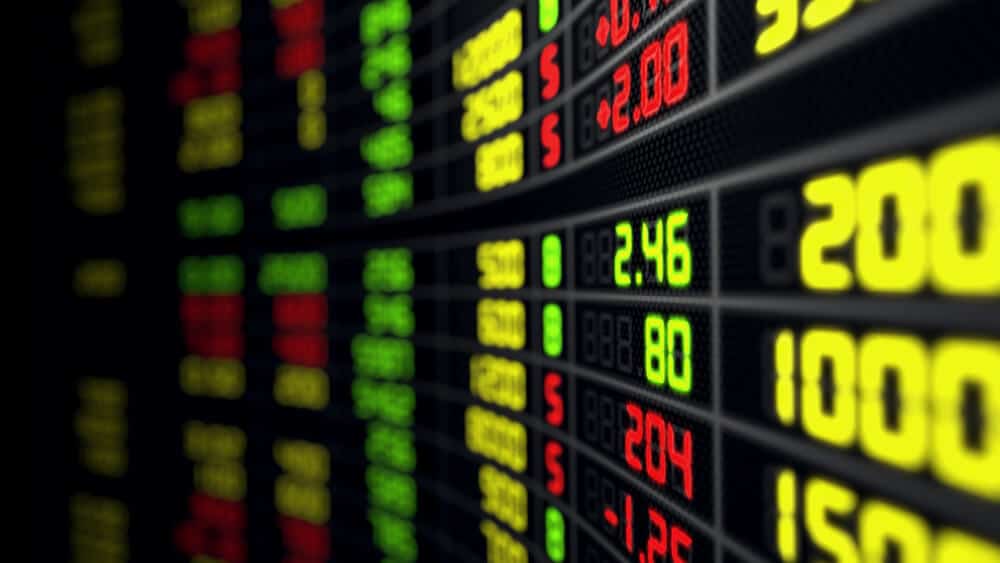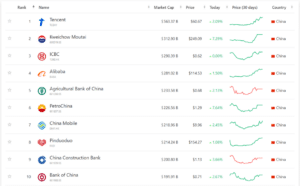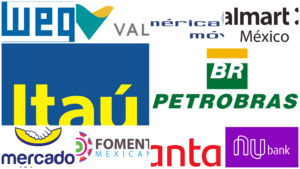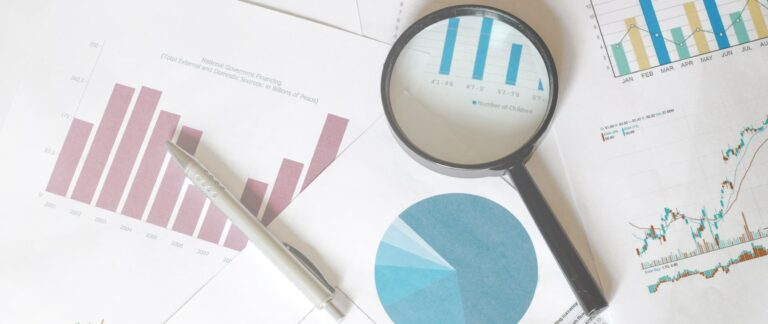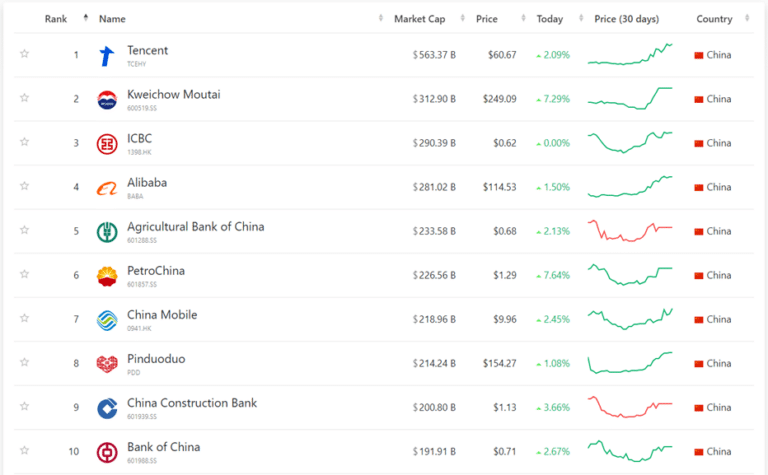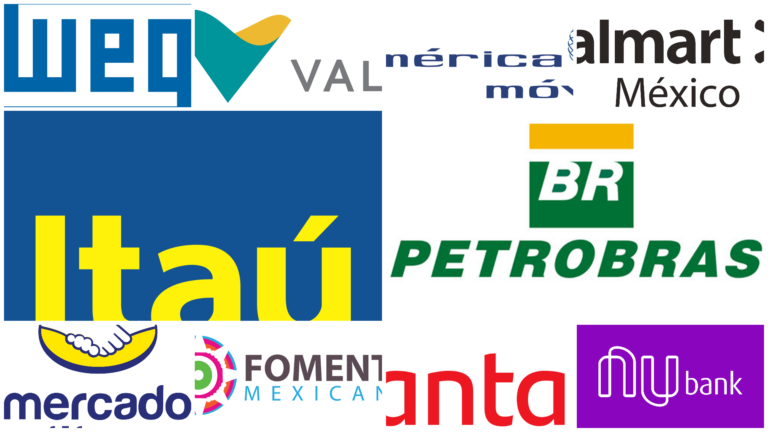Trading indices have gained significant traction as a strategic investment approach in the world of financial markets. These market benchmarks offer a comprehensive view of specific segments, reflecting the collective performance of related stocks. In this article, we will delve into the top 10 indices that present enticing trading opportunities. From the technology-rich Nasdaq to the global representative MSCI World Index, these indices provide traders with diverse avenues to capitalize on market trends and achieve profitable results.
Understanding Indices
Indices, also known as stock market indices, serve as vital indicators for assessing the health and performance of a particular sector or segment within the financial market. They are calculated based on the combined market capitalizations of stocks that make them up, providing insight into market sentiment and trends. By trading indices, traders can begin to create a diverse and successful portfolio, and tracking indices will drastically improve a trader’s knowledge of current affairs and trends, further increasing the capacity to make profits. For an even deeper dive into understanding indices, Hantec Markets provides an in-depth but accessible article here.
The Benefits of Index Trading
Trading indices offers several compelling advantages for traders and investors:
- Diversification: Indices encompass a variety of stocks, spreading risk across multiple companies rather than relying on the fate of a single stock.
- Market Exposure: Index trading provides exposure to entire industries, sectors, or even entire economies, allowing traders to profit from broader market trends.
- Liquidity: Major indices are highly liquid, ensuring seamless entry and exit from positions without major price disruptions.
- Reduced Volatility: While individual stocks may experience substantial price fluctuations, indices generally offer a more stable and predictable trading environment.
- Cost Efficiency: Trading indices can be more cost-effective than building a portfolio of individual stocks, given the diversified nature of indices.
Top 10 Indices to Trade
1. S&P 500 (US)
The S&P 500 stands as a cornerstone of the global financial landscape, encompassing the 500 largest publicly traded companies in the United States. Globally renowned for its comprehensive representation of various industries, the index provides an indicator of the health and direction of the American economy. From technology giants to healthcare leaders and financial institutions, the S&P 500 offers traders exposure to a broad range of sectors. Its weighted methodology ensures that larger companies have a more significant influence on their performance, making it a favoured choice for traders seeking diversified opportunities. The S&P 500 has consistently demonstrated remarkable long-term growth, with an average annualized return of approximately 7-9% over several decades.
2. Nasdaq 100 (US)
The Nasdaq 100, often synonymous with innovation and technology, is a premier index that spotlights 100 of the largest non-financial companies listed on the Nasdaq stock exchange. This index encapsulates technology, e-commerce, and other innovative firms that have redefined their respective industries. The Nasdaq includes long-time innovators like Apple and Amazon to newer companies such as Tesla and Netflix. Characterized by its strong focus on growth stocks, the Nasdaq is a good option for traders aiming to profit off of technological evolution.
3. DAX (Germany)
The DAX, Germany’s premier stock index, is the index for the strongest economy in Europe, hence why it is number 3 on our list. Comprising the 30 largest and most liquid companies listed on the Frankfurt Stock Exchange, the DAX reflects Germany’s diverse economic landscape. From automotive companies such as Volkswagen to global leaders in chemicals like BASF, the index spans industries that are pivotal to the country’s export-oriented economy. As a good indicator for the European market, the DAX’s performance often influences investor sentiment across the region. Its emphasis on manufacturing, engineering, and financial services underlines its significance as a gauge of Germany’s economic health and competitiveness on the global stage. Since its launch in 1988 with a base value of 1,000 points, the DAX has experienced significant expansion. By reaching a peak of over 15,800 points in April 2021, the index showcased its capacity for impressive long-term growth.
4. FTSE 100 (UK)
The FTSE 100 represents the 100 largest companies listed on the London Stock Exchange. As one of the most widely followed indices in Europe, it encompasses a diverse array of sectors, including energy, finance, consumer goods, and pharmaceuticals. This index provides insight into the economic vitality of the UK and its global financial hub, London. With companies like BP, HSBC, and Unilever as constituents, the FTSE 100 captures the health of the British and European economies excellently. As a benchmark for the UK stock market, the FTSE 100’s performance holds significance for traders and investors who seek exposure to the country’s economic cycles and market trends. In the aftermath of the global financial crisis in 2008, the FTSE 100 experienced a notable short-term growth trajectory. Following a significant dip in early 2009, the index rebounded remarkably, more than doubling its value in less than five years. By reaching over 7,000 points in April 2015, the FTSE 100 showcased its ability to recover and flourish within a relatively short period. This may show that the FTSE 100 will be able to similarly recover and thrive post-Covid.
5. Dow Jones Industrial Average (US)
The Dow Jones Industrial Average, often referred to simply as the Dow, holds a legacy as one of the oldest and most recognized stock indices globally. Comprising 30 major U.S. companies spanning various sectors, the Dow serves as an indicator of the overall health of the American economy, much like the S&P 500. Established in 1896, this index includes iconic companies such as Apple, Boeing, and Goldman Sachs. Despite its relatively small number of constituents compared to other indices, the Dow’s historical significance and representation of key industries make it a vital index to be aware of.
6. Nikkei 225 (Japan)
The Nikkei 225, Japan’s premier stock index, is a reflection of the country’s industrial and technological success. Comprising 225 major Japanese companies, this index spans a diverse range of sectors, including automotive, technology, finance, and manufacturing. With global companies like Toyota, Sony, and SoftBank as constituents, the Nikkei 225 encapsulates Japan’s (and, to some extent, Asia’s) economic performance. Traders seeking exposure to the world’s third-largest economy and its technological advancements often turn to the Nikkei 225 for insights into Japan’s economic trajectory and market trends. Although the Nikkei 225 has faced a tough time recently, it looks to be recovering, with its longest consistent growth period since 2017 recently being reported.
7. Shanghai Composite (China)
The Shanghai Composite holds a central role in deciphering China’s economic growth and market dynamics. As a comprehensive indicator, this index covers all A-shares and B-shares listed on the Shanghai Stock Exchange, providing insight into the performance of a vast range of Chinese companies across various sectors. From state-owned enterprises to emerging technology firms, the Shanghai Composite captures the complexity of China’s evolving economy. With China’s rise as a global economic powerhouse, this index has gained international attention, making it a critical benchmark for traders seeking to tap into China’s economic expansion and burgeoning consumer markets. The Shanghai Composite’s movements mirror not only China’s domestic market trends but also its growing influence on the global economic stage. Notably, the Shanghai Composite experienced a period of explosive growth leading up to mid-2015. During this time, the index surged from around 2,000 points in mid-2014 to over 5,000 points in June 2015, more than doubling its value in less than a year. This volatility can be exploited by traders should a similar occurrence happen again.
8. CAC 40 (France)
Comprising the 40 largest companies listed on Euronext Paris, the CAC 40 encompasses sectors like luxury goods, energy, finance, and telecommunications. With multinational companies such as L’Oréal, Total, and BNP Paribas as constituents, the CAC 40 reflects France’s reputation for innovation and cultural influence. As a key indicator of the French market, it responds to shifts in the Eurozone’s economic landscape and often mirrors trends in continental Europe. The CAC 40 offers traders insight into one of Europe’s largest economies, making it a compelling choice for those interested in navigating the dynamics of French business and its impact on the broader European market.
9. Hang Seng (Hong Kong)
The Hang Seng Index is a benchmark that provides a glimpse into Hong Kong’s financial hub and its role as an international business centre. Comprising 52 of the largest and most liquid companies listed on the Hong Kong Stock Exchange, this index encapsulates a wide spectrum of industries, including finance, real estate, technology, and retail. With influential companies like HSBC, Tencent, and AIA Group as constituents, the Hang Seng Index mirrors Hong Kong’s unique blend of East-Meets-West commerce. As a reflection of Hong Kong’s economic health and its close ties to Mainland China, this index often responds to geopolitical events and shifts in global financial markets. The Hang Seng Index is a valuable resource for traders seeking to engage with the dynamics of a dynamic city at the crossroads of finance and trade.
10. MSCI World Index (Global)
The MSCI World Index stands as a global compass, offering a comprehensive view of developed markets across the world. Encompassing thousands of companies from various sectors and regions, this index is a go-to benchmark for international market trends. From the United States to Europe, Asia-Pacific, and beyond, the MSCI World Index provides a snapshot of economic activity and market sentiment on a global scale. With constituents ranging from established giants to emerging contenders, it captures the ebb and flow of industries driving the world economy. For traders seeking broad exposure to international markets, the MSCI World Index is an invaluable tool for tracking global economic shifts and capitalising on cross-border opportunities.
Where to Trade Indices
When it comes to effectively trading indices, Hantec Markets stands out as a reliable and comprehensive platform for traders. Hantec offers a user-friendly interface and a wide range of tools to help traders navigate the complex world of index trading. With a commitment to transparency and security, Hantec ensures that traders have access to real-time market data and competitive spreads, enabling informed decision-making. Whether you’re interested in the S&P 500, Nasdaq 100, or any other index from the top 10 list, Hantec provides a seamless trading experience. As a well-regulated and respected brokerage, it offers a variety of trading accounts, educational resources, and customer support to assist traders at every level of expertise. With Hantec, traders can tap into the potential of index trading while benefitting from a trusted and established trading environment.
Top 10 Indices Trading Takeaways
Trading indices offers a strategic approach for investors seeking diverse exposure and potential profit opportunities. The top 10 indices highlighted in this article cover a wide range of regions, industries, and market conditions. Successful index trading requires diligent research, understanding market dynamics, and implementing effective risk management strategies. By leveraging the benefits of index trading, investors can navigate financial markets more confidently and potentially achieve profitable outcomes.

